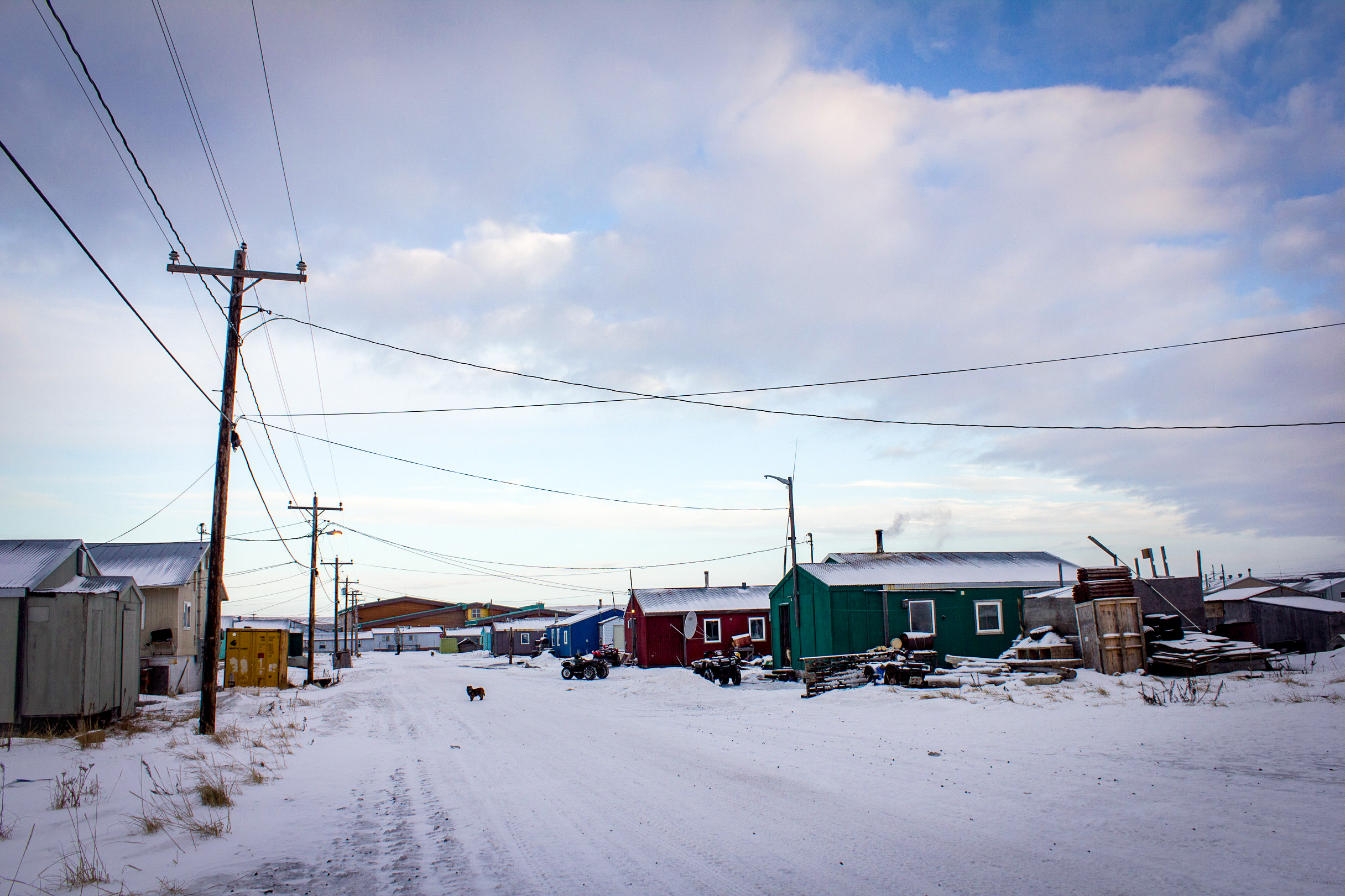The community of Stebbins recently received long-awaited good news: a $7.5 million grant for running water and sewer for households.
During the COVID-19 pandemic, Stebbins’ high case numbers highlighted the need for access to running water and sewer. Stebbins and other ‘unserviced’ communities underwent several strict lockdowns and mass testing events to curb the virus.
Dennis Wagner with the Environmental Protection Agency (EPA) in Anchorage says that currently, a washeteria is Stebbins’ only water source. The current system would not support an expansion to service the entire community, so a new centralized water system will need to be created.
The Alaska Native Tribal Health Consortium will conduct the planning and designs for the water source. The planning stage is expected to be completed by 2022. They expect project completion three years after that, meaning Stebbins residents should be able to wash their hands at home by 2025.
U. S. Senator Dan Sullivan said, “Most Americans can’t imagine living without clean running water or a flush toilet, but that is a reality for many Alaskans in some of our remote villages. The investment (…) is a large step in working to tackle this inequity that exists in our state.”
The funds are part of the WIIN Act, or Water Infrastructure Improvements for the Nation Act’s Assistance for Small and Disadvantaged Communities grant, through the EPA.
Image at top: A dog wanders his neighborhood in Stebbins. After years of speaking up, the community just received a promise of funds for residential water and sewer.





